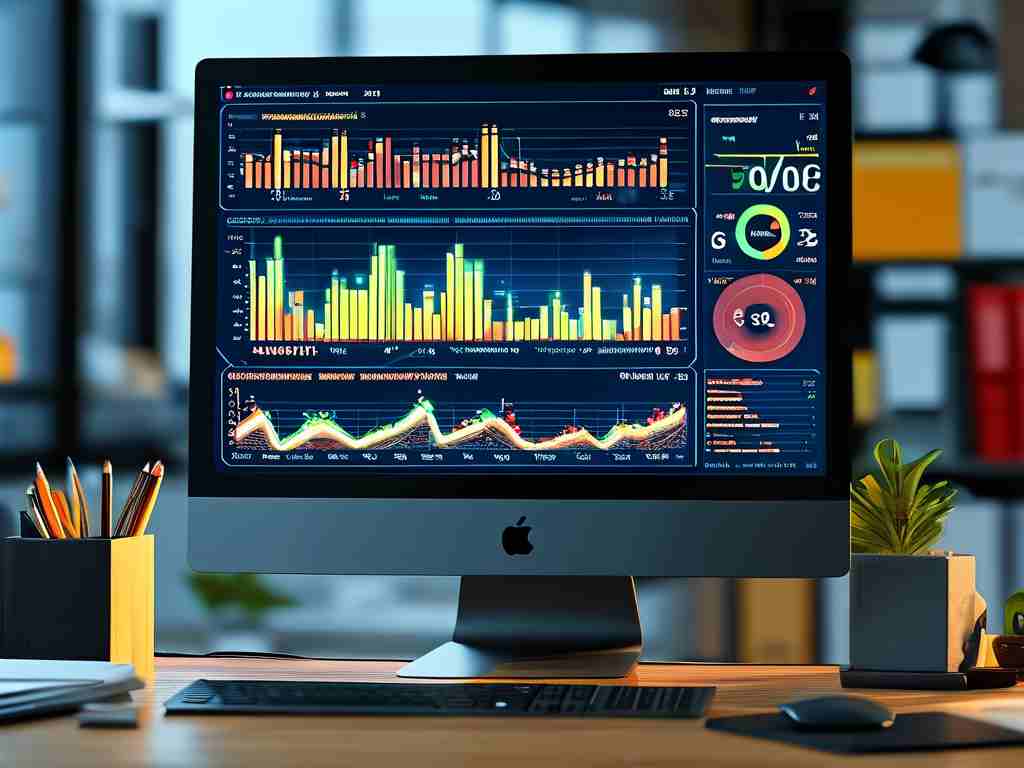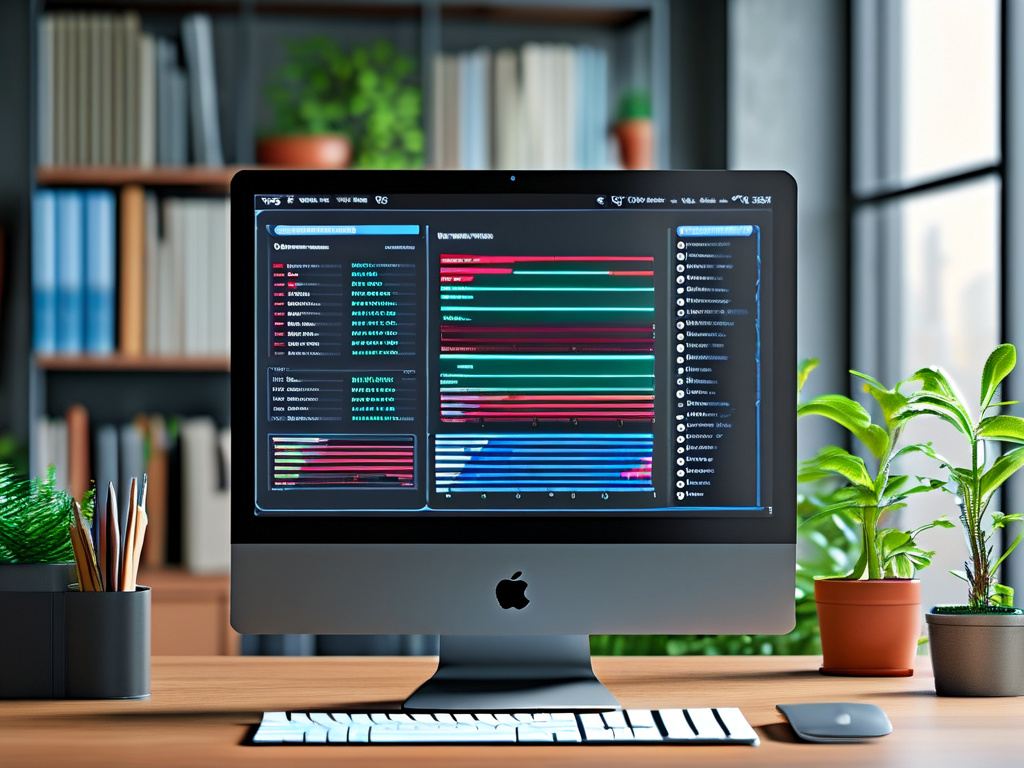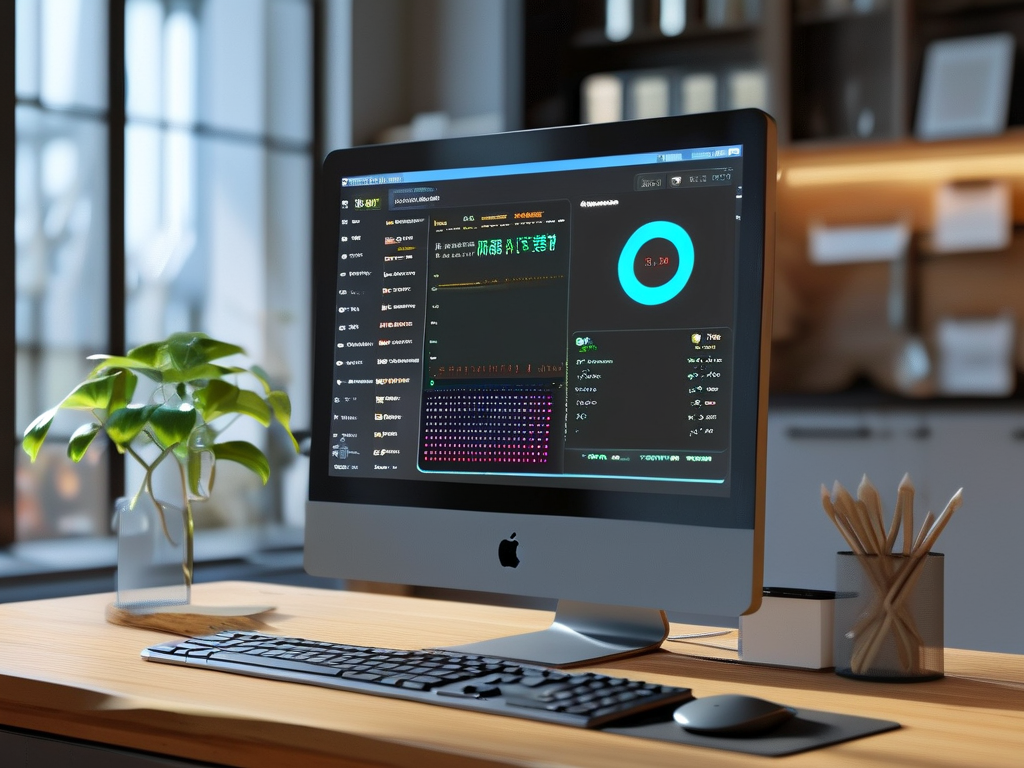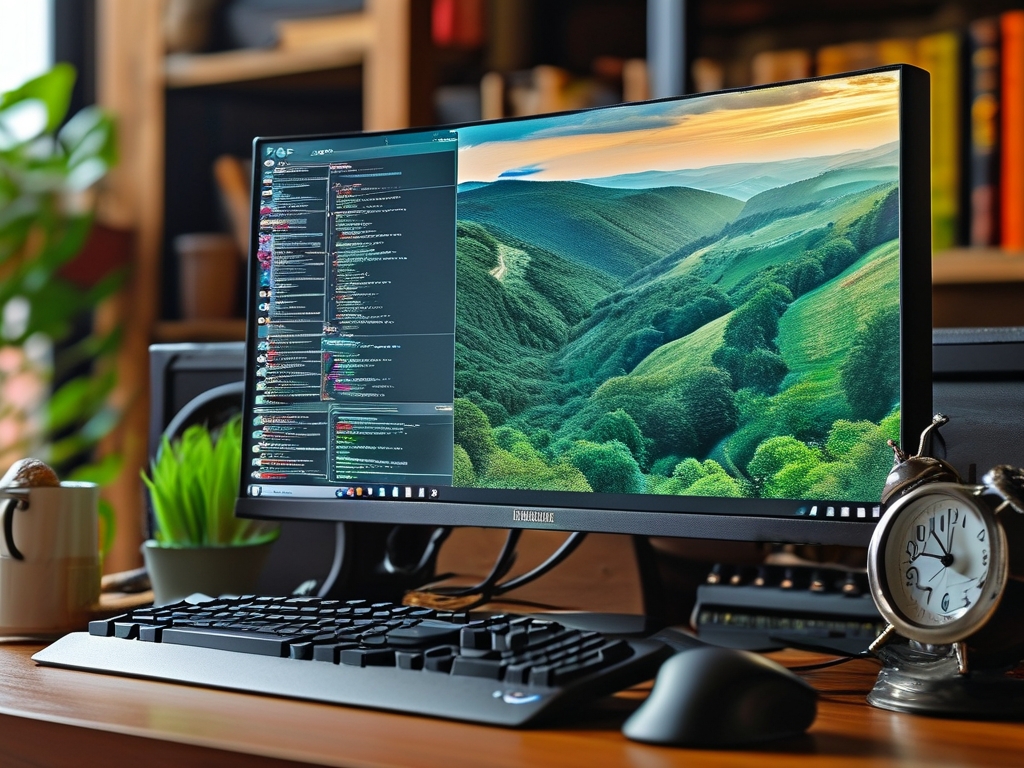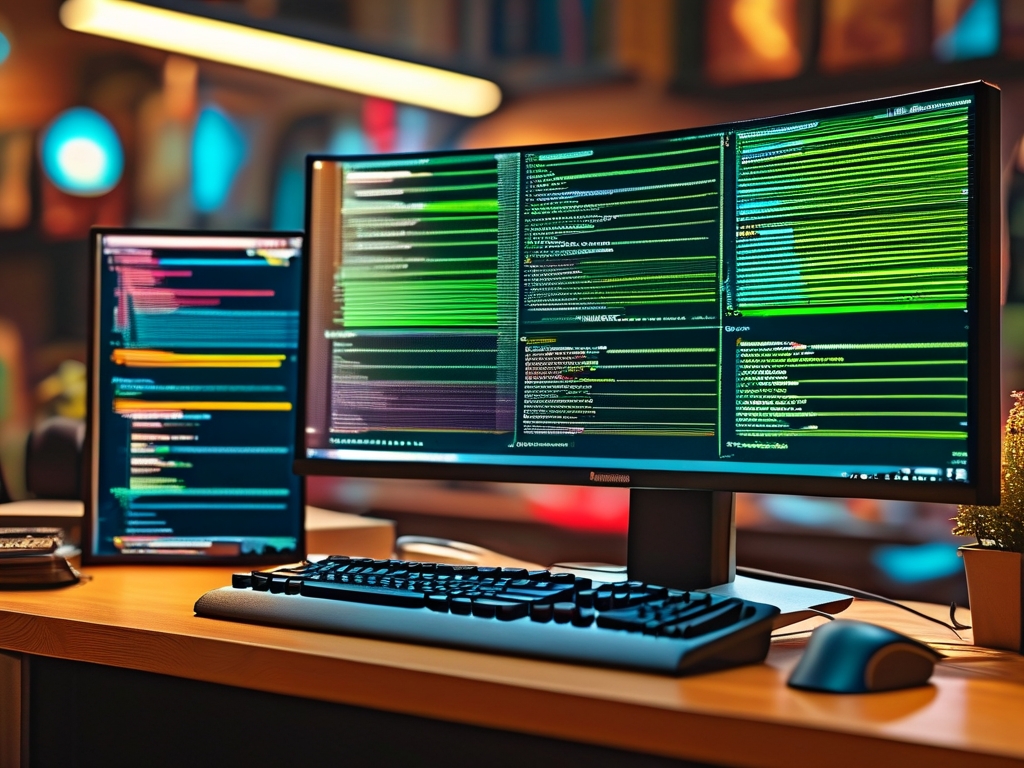Monitoring memory usage is a critical aspect of system performance optimization, debugging, and resource management. However, calculating the time associated with memory usage adds another layer of complexity. This article explores how to measure and analyze time-related metrics in memory monitoring, covering methodologies, tools, and practical considerations.
Why Time Matters in Memory Monitoring
Memory usage patterns are rarely static. Applications allocate and deallocate memory dynamically, and leaks or spikes often occur at specific intervals. By correlating memory consumption with time, developers and system administrators can:
- Identify memory leaks that grow incrementally over hours or days.
- Diagnose short-lived but intensive memory usage spikes.
- Optimize garbage collection schedules in managed languages like Java or C#.
- Predict resource requirements for long-running processes.
Key Metrics for Time-Based Memory Analysis
To calculate time in memory monitoring, focus on these metrics:
- Allocation Timestamps: Track when memory blocks are allocated or freed.
- Duration of High Usage: Measure how long a process retains elevated memory levels.
- Frequency of Garbage Collection: Time intervals between automatic memory cleanup cycles.
- Peak Time Windows: Identify periods when memory usage exceeds safe thresholds.
Methods to Calculate Time in Memory Monitoring
1. Timestamp Logging
Embed timestamp recordings in memory allocation/deallocation functions. For example:
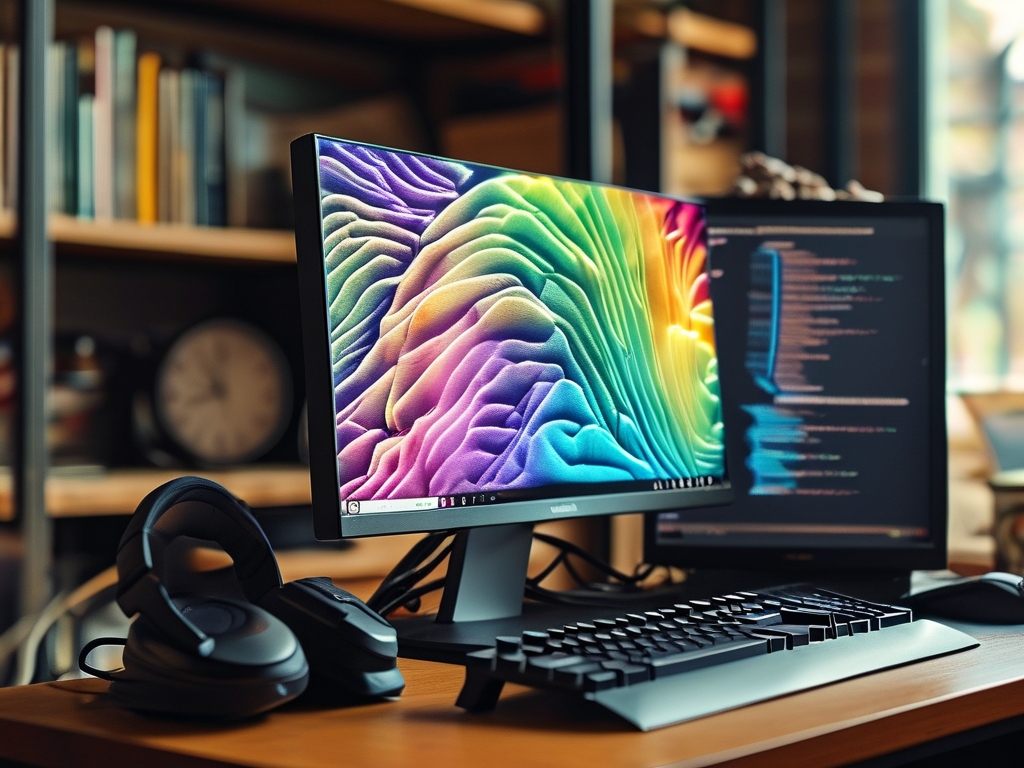
void* custom_malloc(size_t size) {
void* ptr = malloc(size);
log_timestamp("Allocation", ptr, get_current_time());
return ptr;
}
This approach provides granular data but adds overhead. Tools like Valgrind’s Massif or custom interceptors in C/C++ use this method.
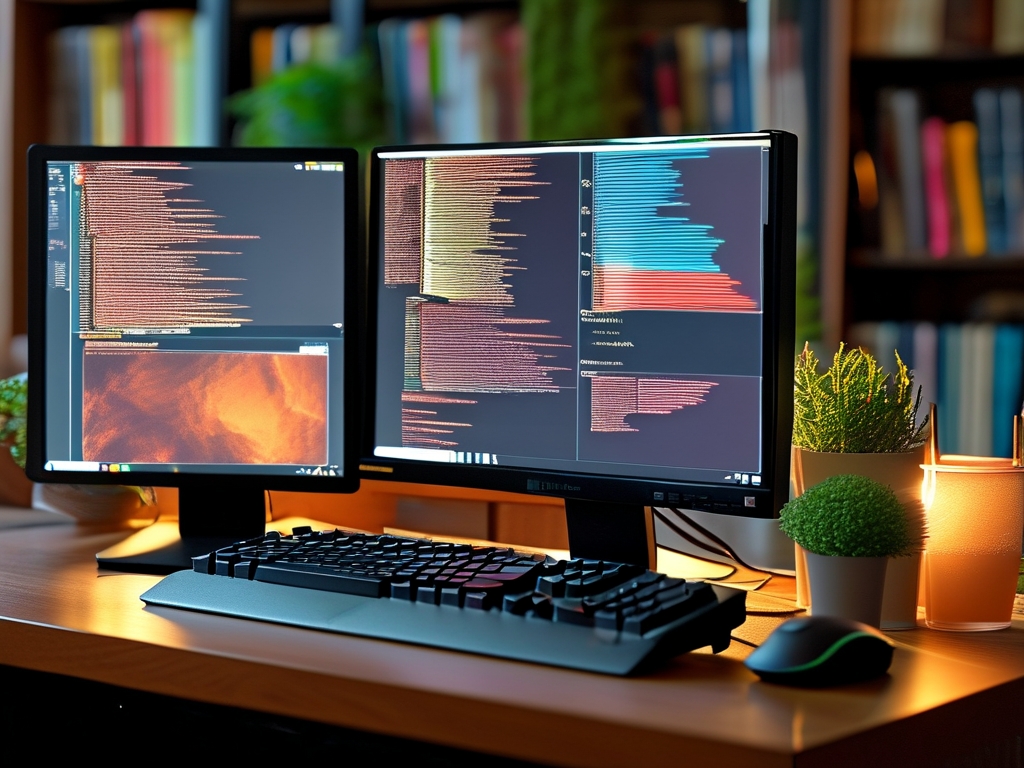
2. Interval-Based Sampling
Periodically sample memory usage at fixed intervals (e.g., every 100ms). Tools like top, htop, or Python’s memory-profiler use this. Calculate time by multiplying the interval duration by the number of samples where memory exceeds a threshold.
Example Calculation:
If 15 out of 100 samples (10ms intervals) show high memory usage, total time = 15 × 10ms = 150ms.
3. Event-Driven Tracing
Track memory events (e.g., allocations, deallocations) and record their occurrence times. Linux’s eBPF or Windows Event Tracing (ETW) can capture these events with minimal overhead.
4. Heap Snapshots and Time Correlation
Take periodic heap snapshots and analyze them alongside system timestamps. This is common in Java profiling tools like VisualVM or YourKit.
Tools for Time-Aware Memory Monitoring
- Valgrind Massif: Generates time-stamped memory usage graphs.
- Prometheus + Grafana: Combines time-series data with visualization for real-time monitoring.
- Python’s
tracemalloc: Logs allocation timestamps for debugging. - Application Performance Management (APM) Tools: New Relic, Datadog, and Dynatrace correlate memory metrics with time.
Challenges in Time Calculation
- Clock Precision: Sub-millisecond timing requires high-resolution clocks (e.g.,
clock_gettimein Linux). - Overhead: Frequent timestamp logging may skew performance measurements.
- Clock Synchronization: Distributed systems require synchronized clocks (e.g., NTP) for accurate time correlation.
- Data Volume: High-frequency sampling generates large datasets, complicating analysis.
Best Practices
- Balance Granularity and Overhead: Use adaptive sampling (e.g., increase frequency during critical phases).
- Leverage Hybrid Approaches: Combine interval sampling with event-driven tracing.
- Annotate Key Phases: Mark timestamps during major application events (e.g., "user login" or "batch processing").
- Use Relative Time: Calculate durations relative to process startup to avoid clock drift issues.
Case Study: Detecting a Memory Leak
A web server exhibited gradual memory growth over 24 hours. By logging allocation timestamps and filtering long-lived blocks, developers identified a caching module that failed to release entries after 12 hours. Time-based analysis revealed the leak’s exponential growth pattern, enabling a targeted fix.
Future Trends
- AI-Driven Anomaly Detection: Machine learning models will predict memory usage trends over time.
- Low-Overhead eBPF Tools: Enhanced Linux kernel tracing for real-time time-memory analysis.
- Cloud-Native Solutions: Kubernetes operators that auto-scale based on time-memory metrics.
Calculating time in memory usage monitoring requires a strategic blend of tools and methodologies. Whether through timestamp logging, interval sampling, or event-driven tracing, correlating memory behavior with time unlocks deeper insights into application health. As systems grow more complex, adopting time-aware monitoring practices will remain essential for optimizing performance and reliability.


